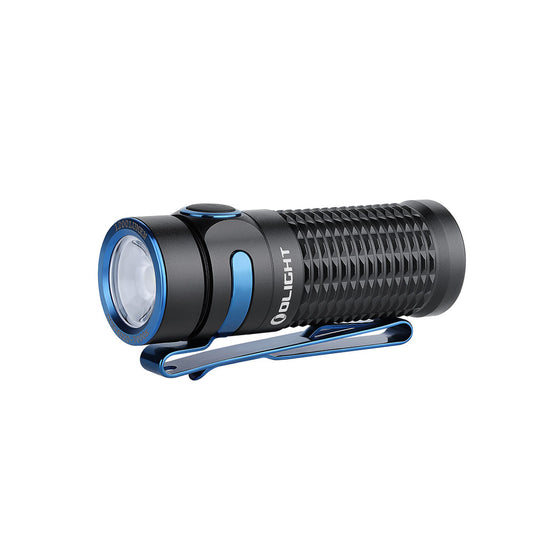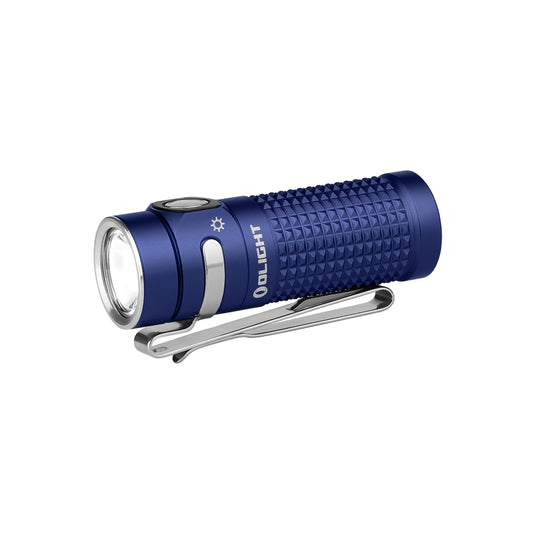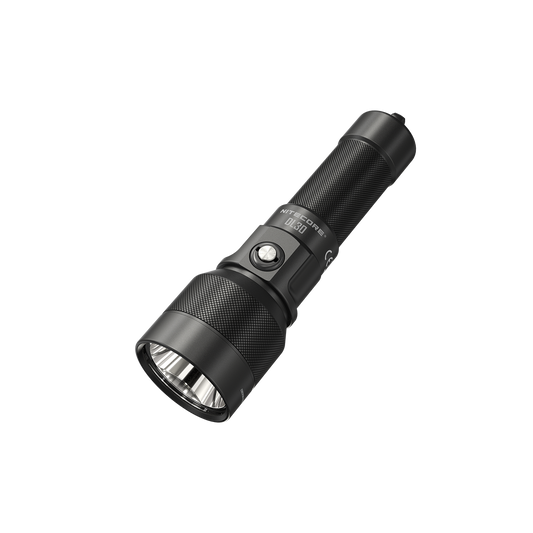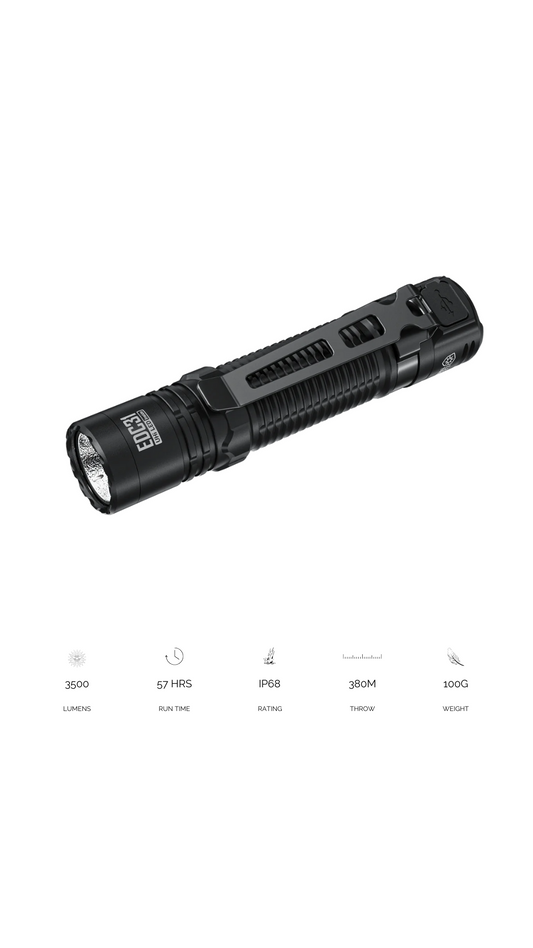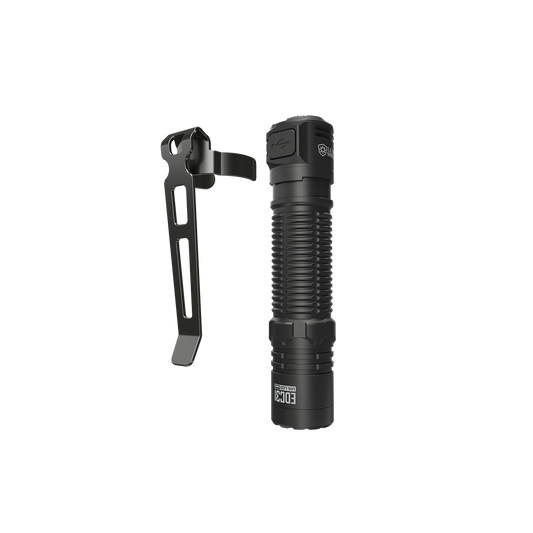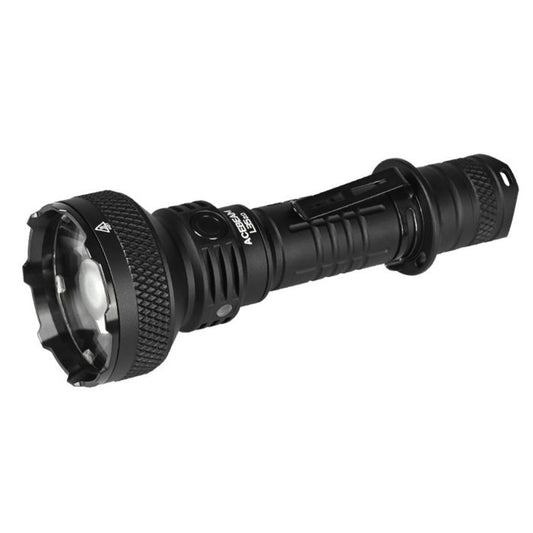
Forge Strength & Endurance: The Ultimate Heavy Pack Workout
You've got your pack, Which is filled with all the essential gear you'll need. The call of the wild beckons. It's time for you to stand up and be counted.
Wild. Untamed. Each step a primal scream against the relentless terrain. Your pack, a vise on your shoulders, a constant thrumming reminder of the journey's brutality. The strain in your muscles echoes the unforgiving peaks. Beyond the jagged horizon, exhaustion, discomfort, nature's untamed fury - your new companions in this crucible of resilience.
Ask yourself, are you truly prepared to conquer those rugged trails with a heavy pack on your back?
If not, fret not, intrepid adventurer! Heavy-pack workouts can transform you from a weekend stroller to a mountain-crushing machine, building the strength and endurance you crave.
We've got you covered. Enter the EDCASIA regimen.
Heavy-pack workouts can transform you from a weekend stroller to a mountain-crushing machine, building the strength and endurance you crave and turning you into a savage.
This workout regimen is tailored for the arduous challenges ahead. It is designed to fortify you physically and mentally for the rigors of the wilderness. It's more than just building endurance or strength; it's about cultivating functional fitness and unwavering mental resilience.
From shouldering heavy loads across vast distances to navigating treacherous terrain, this article equips you to confront every obstacle with clarity and determination. It's about honing both body and mind for the pivotal moments that define the backcountry experience.
Here are some benefits Beyond the Trail:
Heavy pack training isn't just about conquering mountains. Here's how it elevates your fitness across the board:
- Functional Strength Powerhouse: Carrying a weighted pack works muscles you might not even know you have. Your legs, core, back, and shoulders will scream (in a good way!), building real-world strength that translates to everyday activities like carrying groceries or navigating stairs with ease. Improved posture is another perk – say goodbye to hunching!
- Cardio Champion: Those uphill battles with a heavy load? They're fantastic for your heart. Heavy pack training elevates your heart rate, boosts VO2 max (the amount of oxygen your body can use), and improves your overall cardiovascular health. This translates to better endurance for all your activities, whether it's a long hike, a tough cycling session, or simply keeping up with the kids.
- Balance Boss: Uneven terrain combined with a heavy load is a serious challenge for your balance system (proprioception). These workouts improve your ability to maintain stability and coordination, making you a surefooted beast on any path. This translates to better performance in other sports and a reduced risk of falls in everyday life.

Mental Grit Master: The Heavy Pack workout isn't just about physical strength, though; it builds mental fortitude. You'll learn to pace yourself, navigate fatigue, and dig deep when the going gets tough. This translates to increased resilience in all aspects of life, helping you tackle challenges with a new a found mental toughness.
As the fatigue sets in, the muscles scream for respite, but you push on. This is not just about building muscle or improving cardio; it's about forging an unbreakable will. Those who emerge from it find themselves not just physically stronger but mentally tougher. The Heavy Pack workout is a journey, and like any valuable journey, a transformation occurs along the way. You start as everyone starts...raw, sore, and dripping in sweat, but by the end, you'll be ready to face any challenge the wilderness or life might throw at you.
The regimen pushes you to the brink of your physical and mental limits. If you repeat the training, you'll know what we mean. Consistency in this regard is the key to building resilience, a quality as important in the backcountry as it is in life.
Remember, the wilderness doesn't care about your comfort, your tiredness, or your muscles ache. All it cares about is the survival of the fittest, and with this workout, you'll be more than ready to answer its call.
Crafting Your Heavy Pack Workout Arsenal:
The key to success lies in strategic planning and progressive overload. Here's how to build your heavy pack training arsenal:
Now about The Pack:
- Gearing Up for Reality: For most exercises, you will want to use your actual backpack. This allows you to practice packing techniques and get accustomed to the weight distribution you'll encounter on the Trail. Consider adding weight using water bottles, sandbags, or even canned food, making sure they're securely packed.
- Start Light, Climb High: Like runnning, you don't want to force yourself into a 10 mile hike, when you've never even done one mile before. You are trying to improve over time not kill yourself on the first day. Begin with a weight around 10% of your body weight. It's better to start light and gradually increase the weight as you get stronger—think in terms of 5-10% increments every few weeks. This allows your muscles and joints to adapt and reduces the risk of injury.
- Fit is King: A properly fitted pack is crucial for comfort, weight distribution, and injury prevention. Seek guidance from an experienced outdoors professional to ensure your pack hugs your body correctly. The hip belt should take most of the weight, with the shoulder straps keeping the pack stable.
The Workout:
Now, let's get down to nitty-gritty! Here are some killer heavy pack exercises to incorporate into your routine, categorized by location for your convenience:
Trail Tamers: Replicating the Real World
These exercises are designed for the great outdoors, replicating the demands of real-world hiking with a loaded pack.
- Hill Repeats (Beginner): Find a challenging hill with a moderate incline (around 15-20 degrees). Start light, with a weight that's 10% of your body weight in your pack. Hike briskly uphill for 30 seconds, focusing on powerful leg drives, a straight back, and good posture. Walk slowly back down for 60 seconds to recover. Repeat this cycle five times. As you progress, gradually increase the uphill climb duration to 45 seconds, then 60 seconds. Shorten rest periods as your fitness improves.
Pro Tip: Feeling adventurous? Try incorporating variations! Perform walking lunges uphill for an added quad and glute challenge. For a serious test of power and balance (on safe terrain!), try bear crawls downhill. Remember to adjust weight, repetitions, and rest based on your level.
- Weighted Wanderings: Choose a scenic trail with diverse terrain – hills, flats, maybe even a light scramble if you're feeling bold. Load your pack with a challenging weight that allows you to maintain proper form throughout your hike. Aim for a moderate pace of 3-4 miles per hour, focusing on controlled breathing and engaging your core with every step.
Level Up: As you get stronger, consider increasing your hiking distance or adding sections of technical terrain (uneven surfaces, rocks, logs) for a more demanding workout. This prepares you for the variety of challenges you'll encounter on real hikes. Always prioritize safety - start slow, focus on proper foot placement, and maintain good balance.
Gym Gems: Building Strength and Power
These exercises utilize gym equipment to target specific muscle groups and build the strength and endurance needed for loaded hikes.
- Squats and Lunges with Weight: Start with a manageable weight for 8-12 repetitions. Perform squats, focusing on core engagement, a straight back, and knees tracking over your toes as you lower yourself down.
For lunges, step forward with one leg, lowering your hips until both knees are bent at 90-degree angles. Push back up to the starting position and repeat with the other leg.
Challenge Yourself: Try Bulgarian split squats for an extra core and balance challenge. Stand with one leg on a bench behind you, lower your body with the front leg bent, then push back up to starting position.
- Farmer's Carries (Advanced): This exercise is a core and grip strength goldmine. Pick up your weighted pack with one hand on each side and walk for distance, maintaining good posture.
Push Your Limits: For an extra challenge, try walking laterally with your weighted pack. This variation works your obliques and improves core stability. Another option is farmer's walks with a twist – hold the weight in one hand and walk for a set distance, then switch hands and repeat. This challenges both sides of your core and grip strength.
Weighted Deadlifts (Advanced): Deadlifts are a complex exercise, so ensure you have proper form before adding weight. With a weighted pack on your back, stand with your feet shoulder-width apart and hinge at the hips to lower the weight towards the ground, keeping your back straight and core engaged. Lower the weight until your arms are fully extended, then return to starting position with a powerful hip thrust. Start light and gradually increase as you get stronger.

Home Hero Exercises: No Gym, No Problem
Don't have a gym membership? No worries! Here are some effective home exercises you can do with your weighted pack:
- Walking Lunges: This is a simple yet effective exercise that can be done anywhere. Step forward with one leg, lowering your hips until both knees are bent at 90 degrees. Ensure your front knee tracks over your ankle and your back knee doesn't touch the ground. Push back up to the starting position and repeat with the other leg.
- Weighted Step-Ups: Find a sturdy bench or platform and step up one leg at a time, carrying your weighted pack. Focus on using your glutes and core to drive yourself up, keeping your front knee aligned with your ankle. As you get stronger, increase the height of the step or try single-leg variations for an added challenge.
Plank with Pack: Get into a high plank position with your forearms on the ground and your body in a straight line from head to toe. Engage your core and glutes to maintain stability as you hold the plank for as long as you can with good form. Start with shorter holds (30 seconds) and gradually increase the duration as you get stronger.
Sample Workout Regimen:
Here's a sample workout regimen incorporating trail tamers, gym gems (if available), and home hero exercises. Remember, this is just a starting point – adjust it based on your experience and goals.
Week 1-2:
- Monday: Hill repeats (3 sets of 5 repetitions) & Walking lunges (3 sets of 12 repetitions per leg)
- Wednesday: Weighted wanderings (3-4 miles at a moderate pace) & Plank with pack (3 sets of 30 seconds)
- Friday: Squats with weight (3 sets of 10 repetitions) & Farmer's carries (3 sets of 30 seconds per side)
Week 3-4:
- Monday: Hill repeats (4 sets of 6 repetitions) & Bulgarian split squats (3 sets of 10 repetitions per leg)
- Wednesday: Weighted wanderings (4-5 miles at a moderate pace) & Plank with pack (3 sets of 45 seconds)
- Friday: Weighted lunges (3 sets of 12 repetitions per leg) & Farmer's carries with twist (3 sets of 30 seconds per side)
Week 5-6:
- Monday: Hill repeats (5 sets of 8 repetitions) & Single-leg step-ups (3 sets of 8 repetitions per leg)
- Wednesday: Weighted wanderings (5-6 miles, incorporating technical terrain if comfortable) & Plank with pack (3 sets of 60 seconds)
- Friday: Deadlifts with weight (beginner weight, 3 sets of 8 repetitions) & Weighted walking lunges uphill (3 sets of 10 repetitions per leg)
Pro Tip: Schedule rest days in between workouts to allow your body to recover and rebuild muscle.
Warm-Up and Cool-Down:
Never skip the warm-up and cool-down! A dynamic warm-up prepares your muscles for exertion, and a static cool-down helps to prevent muscle soreness. Here's a basic example:
- Warm-Up (5-10 minutes): Light cardio (jogging, jumping jacks), dynamic stretches (arm circles, leg swings)
- Cool-Down (5-10 minutes): Static stretches (holding stretches for 30 seconds each) for major muscle groups
Safety First:
Pushing your limits is great, but pushing yourself into injury is not. Here are some safety tips to keep in mind:
- Listen to Your Body: Heavy pack training is demanding. Don't ignore warning signs like pain or excessive fatigue. Take rest days and gradually increase the intensity to avoid injury.
- Form Over Fury: Focus on proper form throughout your exercises. Sacrificing form for weight can lead to serious injuries. If you feel your form slipping, reduce the weight or take a break.
- Hydration Hero: Heavy exertion requires proper hydration. Drink plenty of water before, during, and after your workout. Electrolyte-rich drinks can be beneficial for longer sessions.
- Fuel Your Adventures: Don't forget to eat a healthy diet to support your training. Focus on complex carbohydrates for sustained energy, protein for muscle repair, and healthy fats for overall well-being.
- Start Light, Climb High: Begin with a manageable weight and gradually increase it as you get stronger. This allows your muscles and joints to adapt and reduces the risk of injury.
Bonus Tip: Plan a practice hike with your loaded pack before hitting the real trails. This allows you to test your gear, adjust your pack fit, dial in your fueling strategy, and get a feel for the weight before you're deep in the wilderness. Consider incorporating some of your heavy pack exercises into your warm-up routine for a seamless transition from training to real-world application.
Embrace the Challenge, Unleash Your Inner Beast:
- Heavy pack workouts are a challenging yet rewarding way to prepare for your next outdoor adventure. By incorporating these exercises and tips into your routine, you'll build the strength, endurance, and mental fortitude to conquer any mountain (literally and figuratively). So, lace up your boots, grab your pack, and get ready to unleash your inner beast on the trails!
The list may sound simple, but trust us—after you're done, you'll feel like you fought Mike Tyson toe-to-toe.
Unleash Your Inner Beast:
- Heavy pack workouts are a game-changer for any outdoor enthusiast. By incorporating these exercises and tips into your routine, you'll be conquering mountains (literally and figuratively) in no time. So, lace up your boots, grab your pack, and get ready to unleash your inner beast on the trails!
This workout is your secret weapon to becoming more efficient and resilient in the backcountry. It will rewire your body for the wild and prepare you to take on whatever the wilderness throws at you. Do ensure the you understand not only the physical and mental toll this regime will entail but also of the dangers the particular trail you are embarking on has. And always inform a responsible friend or family member before you head out and when you'll likely return.









